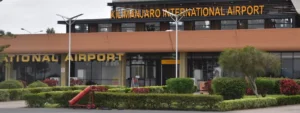FAQ
Mt Kilimanjaro Frequently asked questions?
There are no bathrooms on Kili. Warm water will be supplied in a bowl and you will be able to wash your face and hands. For the rest you will use wipes. Toilets are simple, hole-in-the-ground types. Portable showers and toilets can be rented at some cost.
Two reasons :The first reason and the most important reason to pick 8 days on the Lemosho Route is acclimatization. The 8-day Lemosho Route provides an increasing your chances of reaching the summit successfully.
Person can use between 5-8 days to trek Mt Kilimanjaro depends of route. The more you spend more days help you for acclimatisation and high chance to summit.
During your trekking the food will be cooked on daily basis which makes you to eat fresh food. You are advised to carry protein snacks during your journey.
More water found from the streams and boiled before the use. This water will be used to fill your water canisters. You need to use purification tablets sometime to treat water. Bottled water may be carried for extra cost by porters up to the mountain.
There are no hotels on the mountain and Most of the routes to Mt Kilimanjaro offer camping in tents for accommodation except Marangu route where you will sleep in huts. Tents normal carried by porters during all the journey to summit. You may bring your own warm sleeping bag. Safariparksoutreach helps to find a place for rent items.
Tiping sound like American culture but for Mt Kilimanjaro crew is part of their daily life. You need to bare in your mind for it. Not only carrying your personal items with but also tipping cash most in USD approx $160-290 per hiker.
You will increase your chances by postive attitude ,choosing the right route, allow an extra day for acclimatising to the height, good protection against cold and good guides to help you acclimatise and pace yourself.
Late December to late February and mid-June to late October are the best times for a Kilimanjaro trekking. This is when the Kilimanjaro weather is nearly ideal. Although other months have rain, it doesn’t mean there are constant heavy showers. Typically, rains begin in the late half of the day.
A moderate fitness level is key to a comfortable and successful Kilimanjaro climb. This means you should be able to run 5 km (3 mile) without difficulty and hike 10 km (6+ mi) in a day. Sometime you may practise carrying bag-back while hiking. The best ways to train include swimming, cycling, running, and hiking.
Passport- Don’t forget a photocopied version (and also a photo on your phone)
Yellow fever certificate- This is only needed for entering Tanzania if you are coming from or via a country where there is yellow fever, for example if you visited East African Countries.
Travel insurance -Keep a paper copy as well as a digital copy in case you can’t access your phone.
Money- Bring cash as well as credit cards. The hotel takes cards for paying your bar bills, and in the town you will spend mostly Tanzanian shillings.
Flight details- Keep a paper copy because the airport security like to see it when you enter the airport on the way home.
The day come with a large team of people including guides, cooks and porters to carry your main bag as well as tents, kitchen equipment, food, fuel, tables and chairs. While this makes it easier for you to conserve energy and focus on reaching the summit successfully. It does mean that there is a weight limit to carry. It’s also important to be very aware of the welfare of porters during your climb, so not over-packing is key, carry your important gears only.

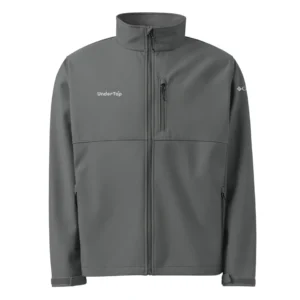
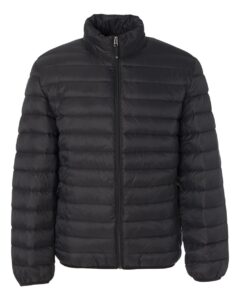 A good quality and warm down or primaloft jacket is required for the cold nights and summit push. Recommended brands include The North Face, Rab, Arc’Teryx and Mountain Hardwear
A good quality and warm down or primaloft jacket is required for the cold nights and summit push. Recommended brands include The North Face, Rab, Arc’Teryx and Mountain Hardwear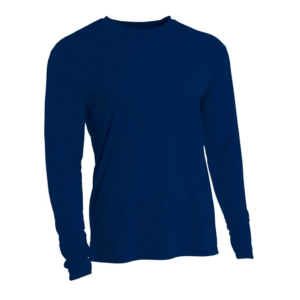 Go for a light or medium weight, moisture wicking long sleeve shirt (x2). Icebreaker, Berghaus and Under Armour make great breathable trekking shirts.
Go for a light or medium weight, moisture wicking long sleeve shirt (x2). Icebreaker, Berghaus and Under Armour make great breathable trekking shirts.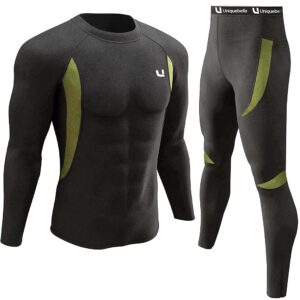
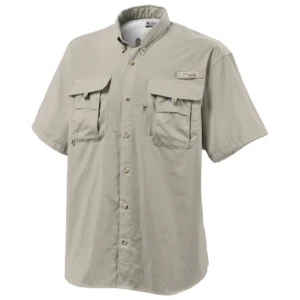 2 x lightweight, moisture wicking short sleeved shirts. Recommend brands include Icebreaker, Under Armour, Columbia.Day-back-Your main gear will be carried by a porter (up to 15kg) .You will need to carry your own daypack. 30-40L is sufficient. We recommend Osprey daypacks.
2 x lightweight, moisture wicking short sleeved shirts. Recommend brands include Icebreaker, Under Armour, Columbia.Day-back-Your main gear will be carried by a porter (up to 15kg) .You will need to carry your own daypack. 30-40L is sufficient. We recommend Osprey daypacks.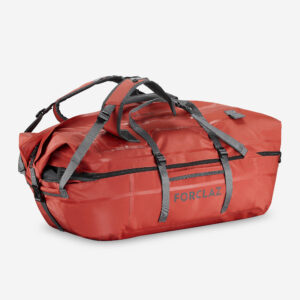
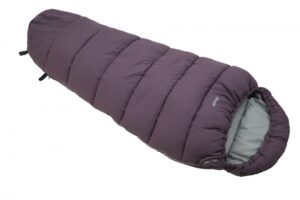 You will need a 4-season or -20 Deg C sleeping bag and compression sack. We recommend Mountain Hardwear or The North Face sleeping bags. You can hire sleeping bags from our team in Tanzania
You will need a 4-season or -20 Deg C sleeping bag and compression sack. We recommend Mountain Hardwear or The North Face sleeping bags. You can hire sleeping bags from our team in Tanzania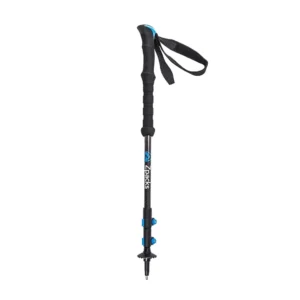 Trekking poles can reduce the impact on your joints by up to 20%. They are great for going down Kili! We recommend adjustable Black Diamond trekking poles
Trekking poles can reduce the impact on your joints by up to 20%. They are great for going down Kili! We recommend adjustable Black Diamond trekking poles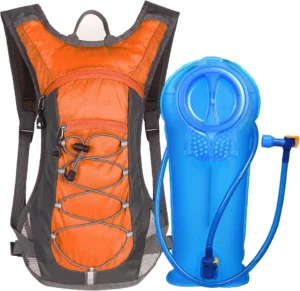 Capacity to carry 3 litres of water. Options: 2 x 1.5 litre wide mouth nalgene bottles or 2 litre platypus + 1 litre water bottle. Note that disposable plastic bottles are not permitted on Kilimanjaro
Capacity to carry 3 litres of water. Options: 2 x 1.5 litre wide mouth nalgene bottles or 2 litre platypus + 1 litre water bottle. Note that disposable plastic bottles are not permitted on Kilimanjaro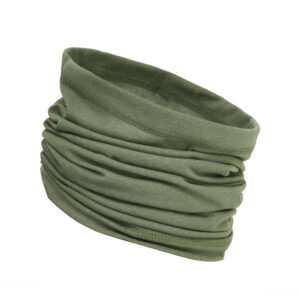 It can get dusty on Kilimanjaro. We recommend bringing a neck gaiter or bandana. The most versatile options are made by Buff or Hoo-Rag Headwear
It can get dusty on Kilimanjaro. We recommend bringing a neck gaiter or bandana. The most versatile options are made by Buff or Hoo-Rag Headwear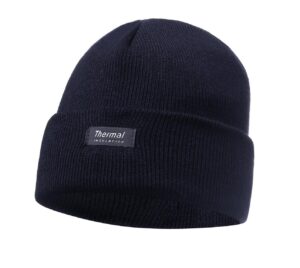 Go for a version of a beanie that is either knitted or fleeced for extra warmth. The North Face, Berghaus and Columbia all make good outdoor beanies
Go for a version of a beanie that is either knitted or fleeced for extra warmth. The North Face, Berghaus and Columbia all make good outdoor beanies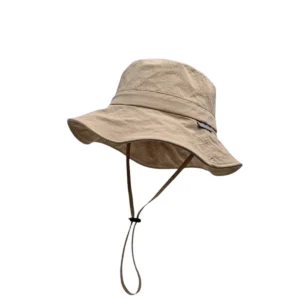 Preferably go for a hat that is wide-brimmed for protection, and has a neck cover if you aren’t going to be wearing a neck gaiter
Preferably go for a hat that is wide-brimmed for protection, and has a neck cover if you aren’t going to be wearing a neck gaiter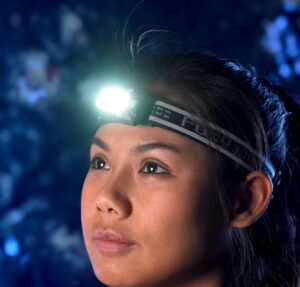
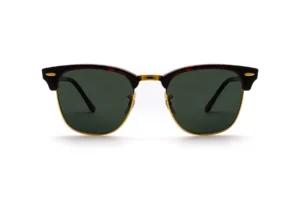 Choose a pair of high UV protection glasses as sun intensity above 4,500m is very high. Julbo are a great mountain sunglass brand but any brand with high UV protection will suffice
Choose a pair of high UV protection glasses as sun intensity above 4,500m is very high. Julbo are a great mountain sunglass brand but any brand with high UV protection will suffice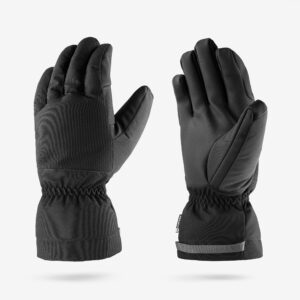 For the cold nights and for the summit push we recommend heavyweight, insulated, preferably water resistant gloves. The North Face and Black Diamond are recommended brands
For the cold nights and for the summit push we recommend heavyweight, insulated, preferably water resistant gloves. The North Face and Black Diamond are recommended brands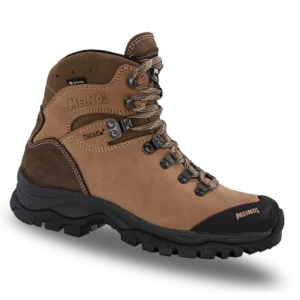 We recommend using a mid-weight trekking boots with good ankle support. Recommended brands include: Salomon, Scarpa,
We recommend using a mid-weight trekking boots with good ankle support. Recommended brands include: Salomon, Scarpa,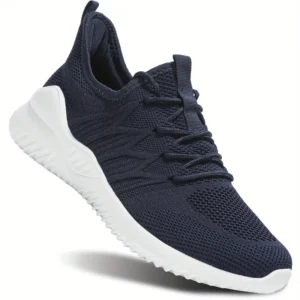 To wear around camp after a day’s trek we recommend bringing a pair of training shoes or sandals
To wear around camp after a day’s trek we recommend bringing a pair of training shoes or sandals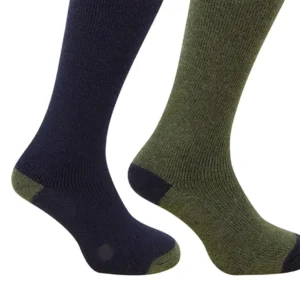 : 3-4 pairs of outer socks and 2-3 pairs of liner socks. We also recommend bringing 1 x thick thermal socks for summit night. Merino wool is the best material and Bridgedale or Smartwool make good trekking socks
: 3-4 pairs of outer socks and 2-3 pairs of liner socks. We also recommend bringing 1 x thick thermal socks for summit night. Merino wool is the best material and Bridgedale or Smartwool make good trekking socks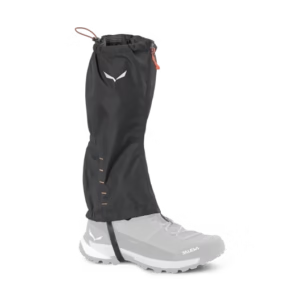 Help keep your trousers clean in wet and muddy or dusty conditions.
Help keep your trousers clean in wet and muddy or dusty conditions.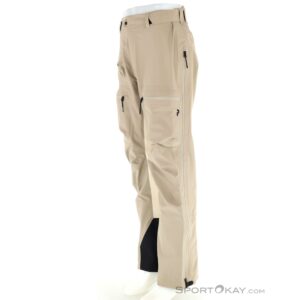 To protect yourself from the elements you need a good pair of waterproof / windproof hard shell trousers. Ideally Goretex. Patagonia,
To protect yourself from the elements you need a good pair of waterproof / windproof hard shell trousers. Ideally Goretex. Patagonia,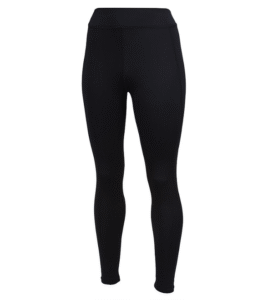 Thermal or fleece base layer for your legs. Merino wool is preferable. Recommend brand is Icebreaker.
Thermal or fleece base layer for your legs. Merino wool is preferable. Recommend brand is Icebreaker.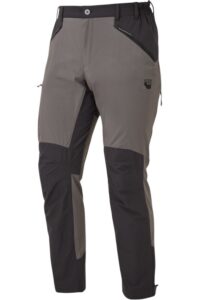 Light or medium weight (x1) trekking trousers. Convertible trousers are an option. Recommended brands include Craghoppers and Columbia
Light or medium weight (x1) trekking trousers. Convertible trousers are an option. Recommended brands include Craghoppers and Columbia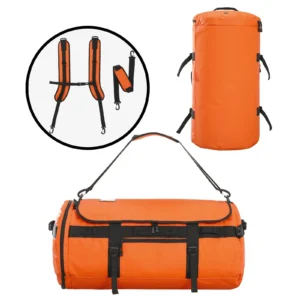
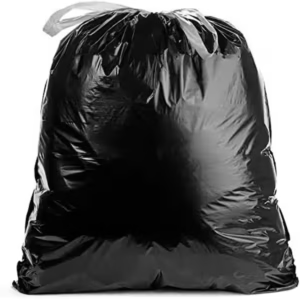 Make sure all your contents are wrapped in waterproof bags to keep them dry. Use them also to store used clothes during the trek.
Make sure all your contents are wrapped in waterproof bags to keep them dry. Use them also to store used clothes during the trek.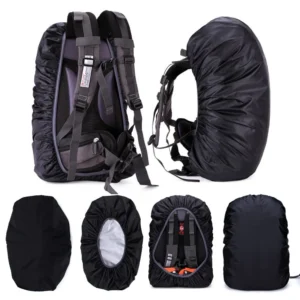 Waterproof sacks in case of rain but make sure you bring a cover for your day pack.
Waterproof sacks in case of rain but make sure you bring a cover for your day pack.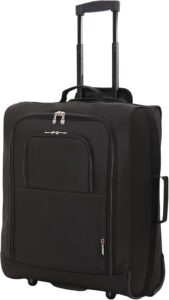 bring one other bag or case to leave in the hotel with your travel clothes inside.
bring one other bag or case to leave in the hotel with your travel clothes inside.